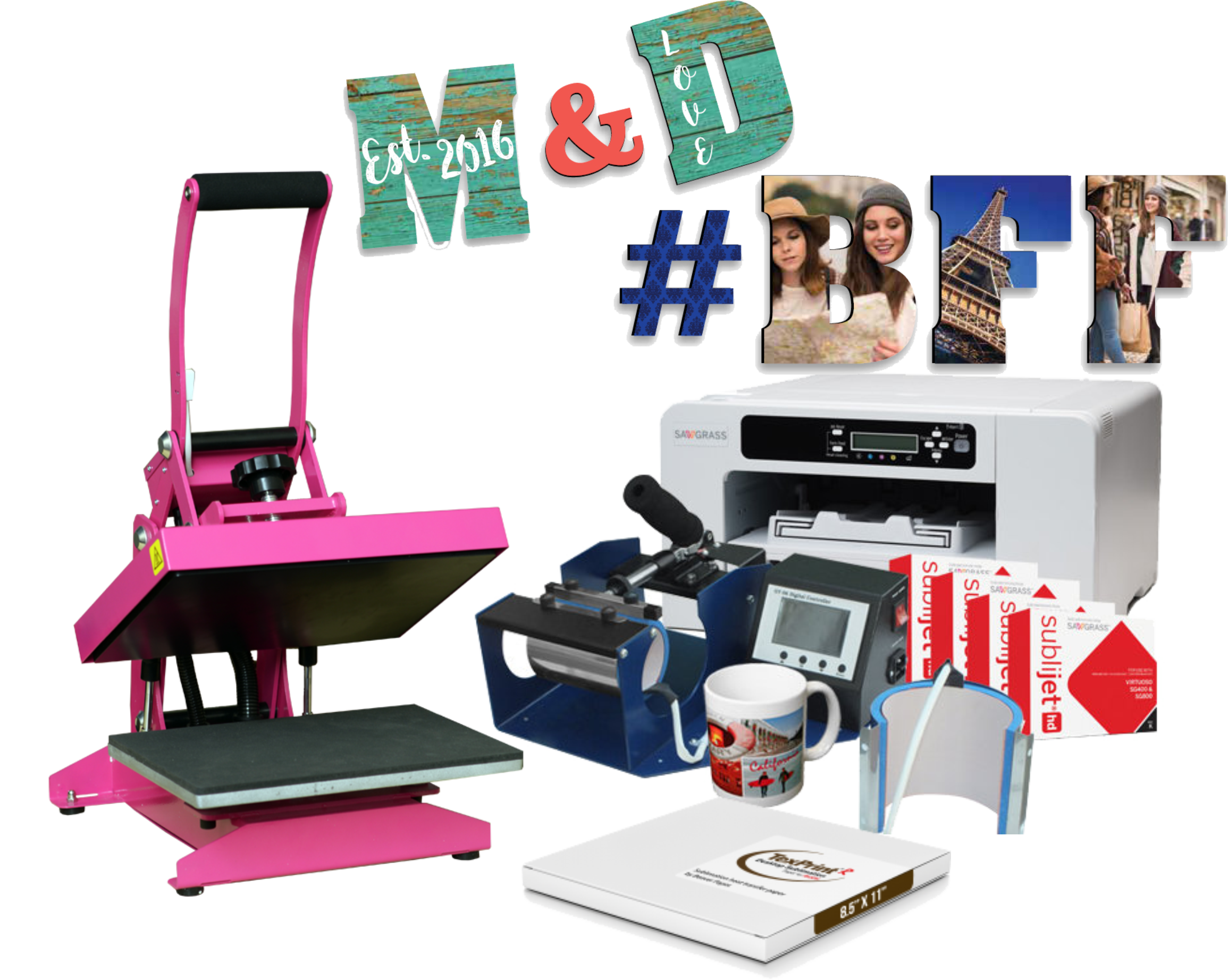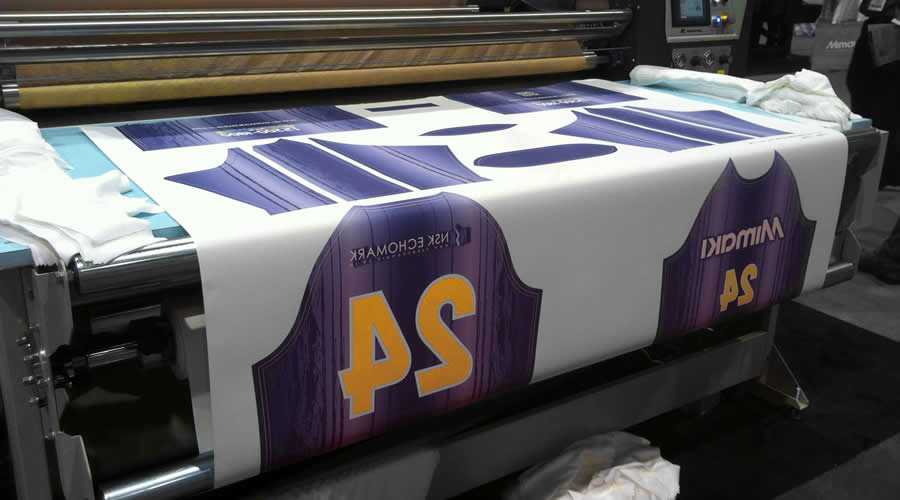From Typical to Digital: Understanding the Advancement of Fabric Printing
The makeover of cloth printing from typical approaches like block printing and stand up to dyeing to contemporary methods such as screen and digital printing marks a considerable change in the fabric industry. How do these improvements impact the significance of towel printing, and what might the future hold for this ever-evolving craft?
Traditional Cloth Printing Approaches
In the very early stages of fabric manufacturing, traditional towel printing techniques offered as the cornerstone of fabric design, offering both performance and creative expression. Block printing, one of the oldest techniques, entailed sculpting complex styles right into wood blocks, which were after that dipped in color and pressed onto material.
Stand up to dyeing, consisting of techniques like batik and tie-dye, used wax or other materials to stop dye from penetrating particular areas of the material. This method created striking contrasts and complex layouts, frequently imbued with social value. Stenciling, one more conventional method, involved reducing patterns right into a product and applying dye via the openings, using a simpler yet reliable means to produce recurring styles.
These conventional approaches not just formed the fabric sector's early advancement but additionally laid the groundwork for future advancements. Each technique reflected the social and regional characteristics of its origin, maintaining and disseminating artisanal expertise with generations.
The Rise of Screen Printing
The advent of display printing in the very early 20th century marked a considerable separation from typical approaches, providing extraordinary convenience and performance. Display printing made it possible for designers to create detailed patterns and vivid colors on fabrics, which were previously testing to achieve with block printing or hand-painting techniques.
Among the vital advantages of display printing is its capability to reproduce intricate styles widespread with remarkable integrity. This scalability made it immensely prominent in the business fabric sector, where mass production without compromising top quality is vital. Screen printing suits a vast array of inks and dyes, expanding the palette of appearances and surfaces readily available to developers.
Additionally, the procedure is extremely versatile, ideal for various fabric kinds consisting of cotton, silk, and synthetics. This flexibility, combined with its cost-efficiency for huge runs, strengthened screen printing's function as a cornerstone of modern fabric manufacturing. Therefore, the rise of screen printing reinvented the industry, pushing the limits of what was possible in fabric style.

The Development of Digital Printing
Structure on the amazing developments brought by screen printing, the textile industry experienced an additional groundbreaking growth with the arrival of electronic printing. Arising in the late 20th century, electronic printing revolutionized the way layouts are moved onto materials, using unmatched flexibility and performance. Unlike standard approaches, which usually called for comprehensive setup and significant hand-operated intervention, digital printing uses computer-aided style (CAD) technology to generate elaborate patterns straight onto the material with high accuracy.
This technology has made it possible for textile suppliers to meet the expanding need for personalization and on-demand manufacturing. By getting rid of the need for screens and plates, digital printing lowers preparations and lessens product waste, making it a more lasting alternative. The capacity to publish intricate photos and a vast array of shades in a single pass has opened up brand-new innovative methods for developers, promoting a rise in creative expression within the market.
In addition, digital printing supports smaller sized set manufacturing runs, which is specifically beneficial for particular niche markets and startup fashion brand names. This technological leap has not only improved functional effectiveness however also equalized access to high-grade fabric printing, setting the phase for future innovations in material design and production.
Comparing Techniques: Typical Vs. Digital
While both electronic and standard printing techniques have their very own one-of-a-kind advantages, they vary significantly in terms of procedure, performance, and ecological effect. Conventional towel visit here printing, encompassing strategies like block printing and screen printing, includes hand-operated labor and intricate craftsmanship.
In contrast, electronic printing uses advanced modern technology to move designs directly onto textile making use of inkjet printers. Digital printing is significantly much faster, permitting for fast turnarounds and just-in-time manufacturing, which reduces the demand for huge stock storage space.
From an ecological viewpoint, digital printing is generally extra lasting. It makes use of less water and produces minimal waste contrasted to typical techniques, which often involve comprehensive cleaning and coloring procedures. Electronic printing is significantly preferred in a period where environmental factors to consider are critical.
Future Trends in Fabric Printing
One significant trend is the raised application of digital printing innovations. Digital fabric printing is expected to control the market, driven by its effectiveness and versatility to consumer demands for customized and limited-edition items. sublimation printing.

In addition, the incorporation of wise fabrics, which incorporate electronic elements into materials, is readied to revolutionize the marketplace. These fabrics can offer additional capabilities such as temperature level regulation, health monitoring, and interactive features. As innovation proceeds to advancement, the junction of digital printing and smart textiles will open up brand-new methods for innovative and practical applications in cloth printing.
Conclusion
The advancement of fabric printing from typical techniques to electronic technologies marks a considerable improvement in the textile industry. While conventional methods highlight artisanal workmanship and cultural heritage, digital printing provides unrivaled precision, efficiency, and modification. This change not just improves manufacturing capabilities yet likewise supports sustainability campaigns. Future trends are most likely to continue integrating advanced innovations, further redefining textile layout and manufacturing processes to meet contemporary needs and ecological factors to consider (screen printing).
The transformation of fabric printing blog here from traditional techniques like block printing and withstand coloring to contemporary techniques such as screen and electronic printing marks a substantial shift in the fabric market. Display printing enabled designers to generate intricate patterns and dynamic shades on textiles, which were formerly challenging to achieve with block printing or hand-painting methods.
Structure on the remarkable improvements brought by display printing, the fabric sector experienced one more groundbreaking advancement with the arrival of electronic printing. screen printing. Traditional cloth printing, including techniques like block printing and screen printing, involves manual labor and detailed workmanship. As a fantastic read innovation continues to advance, the junction of electronic printing and smart fabrics will certainly open new methods for innovative and useful applications in cloth printing